Search
02382 Update on an Information System for High Temperature Corrosion
Also Purchased
02446 MICROBIOLOGICALLY INFLUENCED CORROSION FAILURE ANALYSIS OF 304L STAINLESS STEEL PIPING SYSTEM LEFT STAGNANT AFTER HYDROTESTING WITH CITY WATER
Product Number:
51300-02446-SG
ISBN:
02446 2002 CP
Publication Date:
2002
$20.00
02276 WHY CORROSION INHIBITORS DO NOT PERFORM WELL IN SOME MULTIPHASE CONDITIONS: A MECHANISTIC STUDY
Product Number:
51300-02276-SG
ISBN:
02276 2002 CP
Publication Date:
2002
$20.00
04257 Control of Corrosion and Service Life
Product Number:
51300-04257-SG
ISBN:
04257 2004 CP
Publication Date:
2004
$20.00




